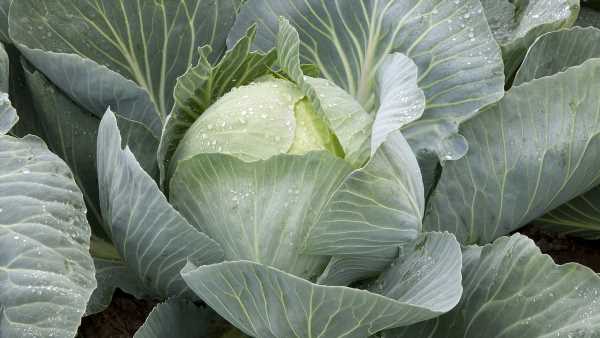Action plan: CIAR BYRNE's essential jobs for your garden this week

Action plan: CIAR BYRNE’s essential jobs for your garden this week
- Transplant spring cabbage seedlings to their final growing position for cropping early next year
- READ MORE: CIAR BYRNE’s essential jobs for your garden this week
BELIEVE IN YOUR BRASSICAS
There is a cabbage for nearly every season. It is one of the most versatile, nutritious, and useful of vegetables, and can be used to make stews, sauerkraut, side dishes and salads.
Now is the time to transplant spring cabbage seedlings to their final growing position for cropping early next year.
If you have not already sown them under cover or in a seed bed, you can buy plug plants. Seedlings are ready to plant out when they reach about 15cm tall.
Choose a bed where you have not grown brassicas within the last couple of years to avoid clubroot. They like a sunny spot and firm soil, so dig in plenty of organic matter.
Spring cabbages can be planted close together, with about 10cm between young plants. In February or March, you can thin them out to 30cm and use the leftovers as spring greens.
Now is the time to transplant spring cabbage seedlings to their final growing position for cropping early next year
It is a good idea to protect young cabbages overwinter with netting or horticultural fleece. Try award-winning Duncan, a good cropper.
Pixie has compact crispy heads, while large ball-headed Spring Hero will feed you for weeks.
Pansies benefit from the addition of a slow-release fertiliser
WINTER PANSIES
Last weekend I braved the showers to visit the Plant Fairs Roadshow at Borde Hill Gardens in West Sussex. It was inspiring to see so many late season plants. I couldn’t resist buying three pansies in primrose yellow, gold, and blue.
Pansies benefit from the addition of a slow-release fertiliser. They make a cheery welcome placed on the front doorstep.
CHELSEA’S SECRET
Next week, as part of the Chelsea History Festival, there will be lots of activities for families in the Chelsea Physic Garden, founded in 1673, by Sir Hans Sloane, including pond dipping and history tours.
Visitors will also get a look at the newly restored Victorian glasshouses, with educational panels exploring the classification of plants in the collection.
As part of the Chelsea History Festival next week, there will be lots of activities for families in the Chelsea Physic Garden (pictured)
- September 26 – October 1; chelseahistoryfestival.com
Buddleia davidii ‘Black Knight’ (pictured) bears spears of nearly black, highly fragrant flowers from late summer
PLANT OF THE WEEK
Buddleia davidii ‘Black Knight’
Despite its reputation for being a thug, this beautiful dark purple variety of buddleia will make you think again.
From late summer, it bears spears of nearly black, highly fragrant flowers, adding a touch of drama to a border.
If you continue to deadhead, it will encourage new buds to keep on appearing and prevent it from self-seeding.
In autumn, the silvery grey foliage turns golden yellow and in winter it will lose its leaves altogether.
Prune hard in early spring before new foliage appears. Likes to be in full sun.
READER’S QUESTION
When should I water my lithops?
Ben Yorke, Oxford.
Lithops or living stones come from South Africa, where they have adapted to grow in arid conditions and resemble stones to avoid being eaten by animals.
They consist of just two fleshy leaves and have unique watering needs. They come into growth and often flower in early autumn, so you can water them now sparingly.
Stop watering from October, as a new pair of leaves will form over winter, drawing water from the old leaves.
Once the spent leaves have shrivelled away completely, you can water again in the spring, but not during the plant’s dormant period in the summer.
Source: Read Full Article



